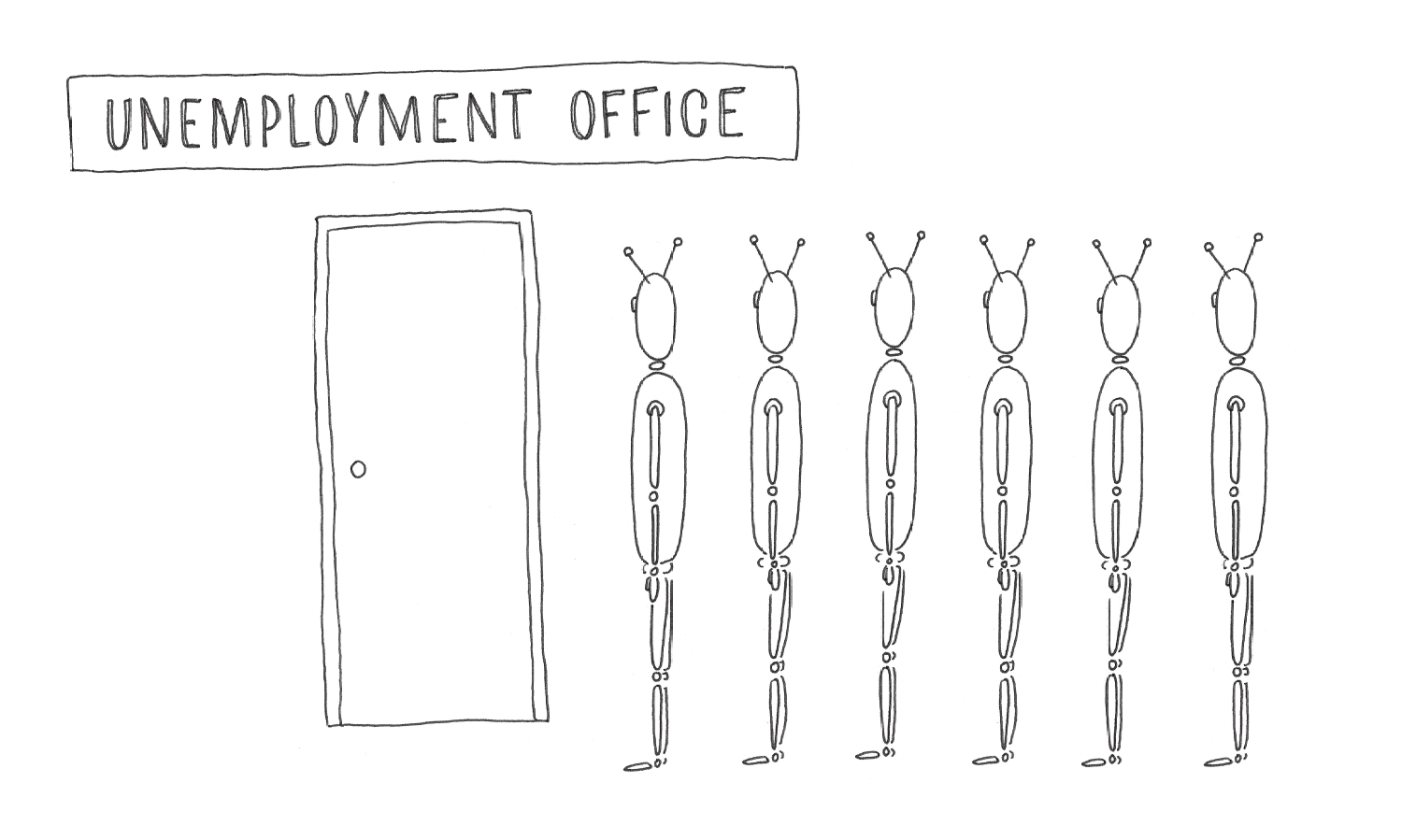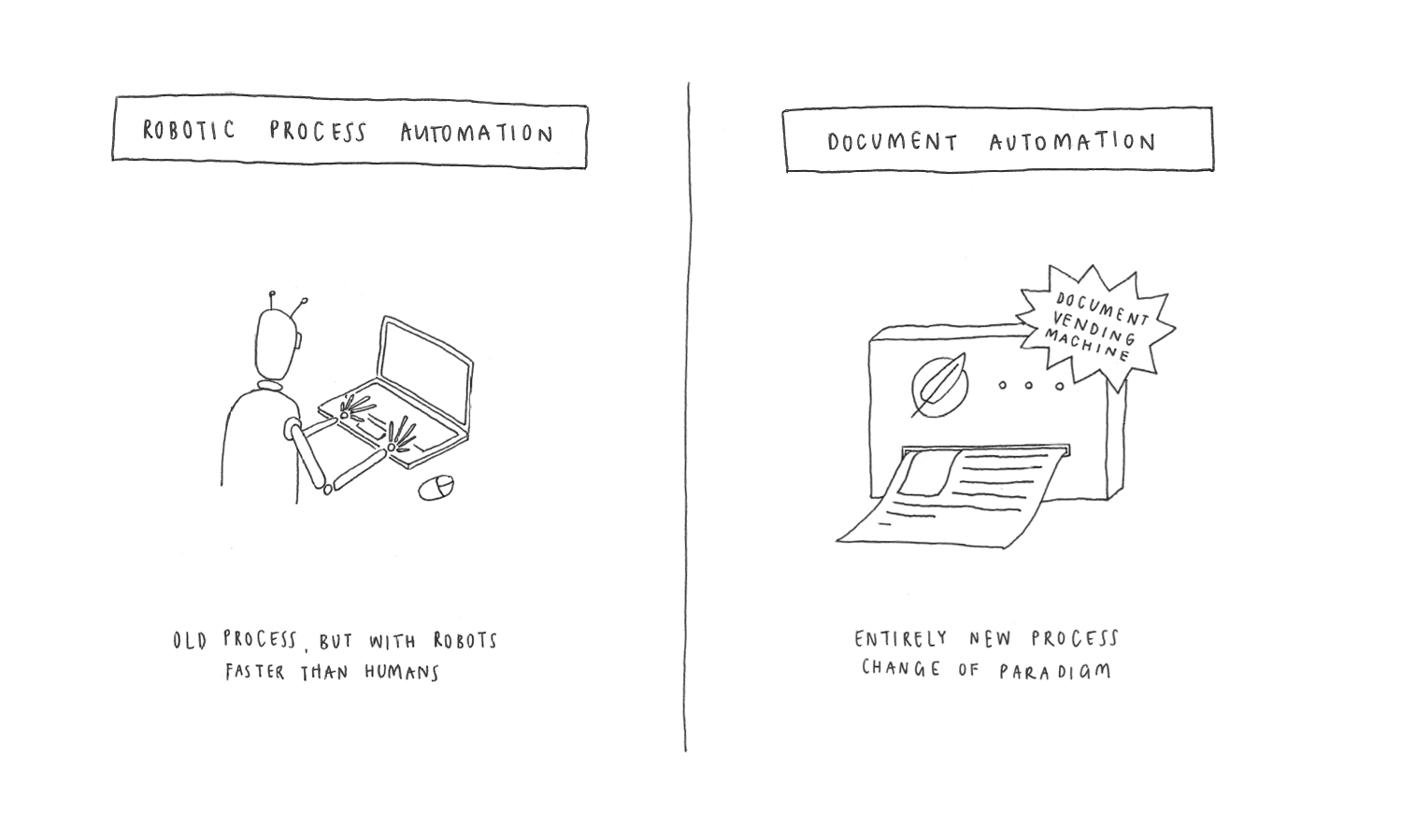People sometimes ask us if document automation is a form of Robotic Process Automation (RPA). RPA has become a buzz word via its link to Artificial Intelligence (AI).
Even though RPA doesn’t usually work with deep learning AI, and only rarely utilizes machine learning, it’s still a form of AI that can be useful to organizations today.
So, is document automation a kind of RPA?
RPA for document generation
Traditionally, RPA is the domain of automating tasks that a person might do working on a computer. This is typically copying and pasting of data from one application to another, typing and clicking on various buttons in different software applications.
Let’s look at an example of what somebody creating a document might do – the user copies data from one application, and pastes it into Microsoft Word. They click on buttons in their file system or a document management system to find the few paragraphs that were really well written in the document they created last time, and type some more text. Then they click on more buttons to attach the document to an email in which they ask somebody else to review it. Once the document comes back, they click on more buttons to convert it to PDF, and send it to the recipient.
RPA can automate all of these steps with an RPA robot – the robot, instead of the human, carries out these tasks. This makes the document creation process more efficient, and less dull for the human.
Document automation
There is another automated way of creating documents. Working with document automation software, document experts first capture their knowledge inside intelligent templates. Templates are connected to data, and are used by the document engine to generate and process documents.
When in need of a document, a user clicks on a button and the document is created automatically. From a user’s point of view, they are working with a document vending machine that produces perfect documents, whenever and wherever required.
Can we count document automation as RPA? ActiveDocs could be considered a highly specialised RPA for document processes. But there are no robots in ActiveDocs.
Old way, new tools? Or an entirely new way?
RPA robots can make the existing processes much faster. However, making a process faster doesn’t mean it is the right process.
There is little point in automating manual tasks when the process itself can be eliminated entirely.
This can be done by removing the steps of document creation that are just a legacy of the way humans used to work.
When creating documents, human expertise doesn't lie in copying, pasting, and searching for content. It's in deciding what a document should look like, and defining the rules that determine its content. This shift creates higher value and higher impact job opportunities for document experts, and eliminates the need to maintain the old processes entirely. Sorry robots, no jobs for you here.

Robots at the Unemployment Office.
This takes us back to the old question of whether to improve the ox-cart, or change the paradigm of transportation entirely, which we have discussed previously.




